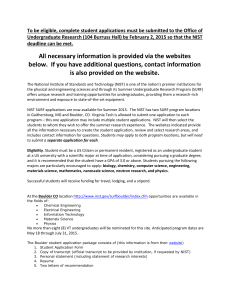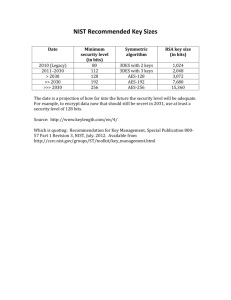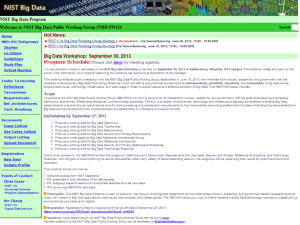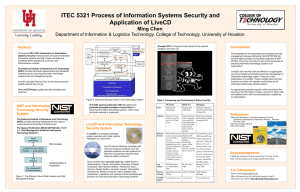Fire Fighting Tactics under Wind Driven Conditions
advertisement
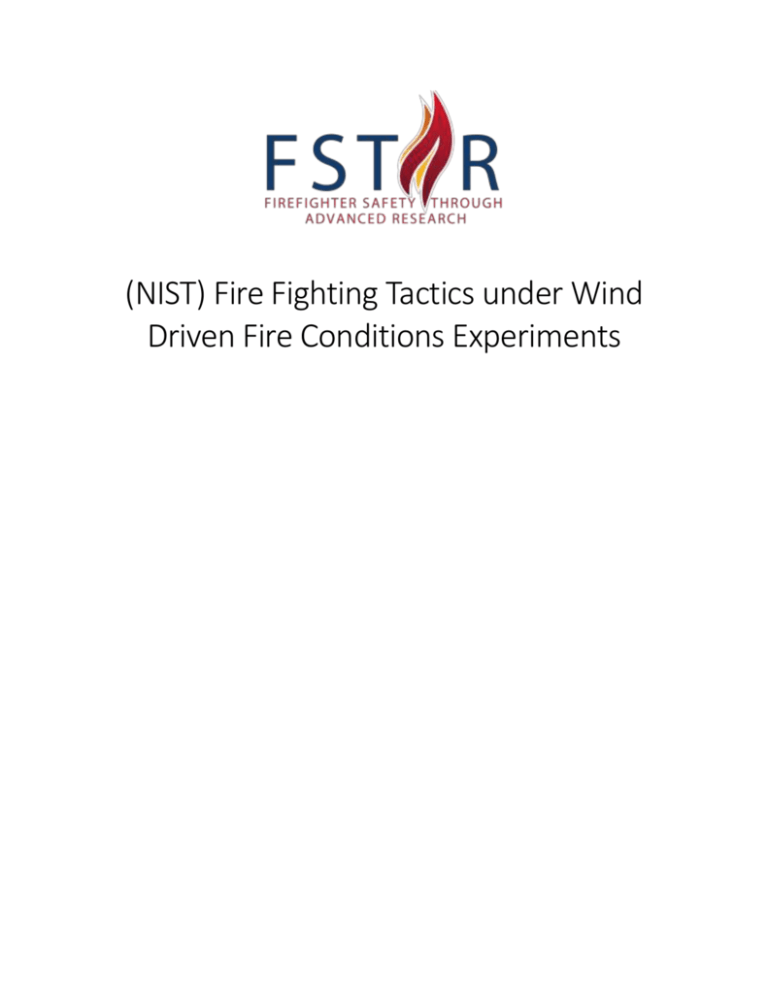
(NIST) Fire Fighting Tactics under Wind Driven Fire Conditions Experiments Synopsis This study consisted of a series of 14 experiments conducted in a seven-story building to evaluate the ability of positive pressure ventilation fans, wind control devices, and external water application to mitigate the hazards of a wind driven fire in a structure. Each tactic was evaluated individually and in conjunction with the others to identify the benefits to firefighters and occupants in the structure. Fire departments that wish to implement the tactics used in this study will need to develop training and determine appropriate methods for deploying these tactics. Departments may need to vary in the methods of deployment due to differences in staffing, equipment, building stock, typical weather conditions, etc. There is uniformity however, in the physics behind the wind driven fire condition and the principles of the tactics examined. Findings Wind is a factor. Wind (or air) can significantly increase the thermal hazards of a fire in a structure. Smoke is Fuel. A ventilation-limited (fuel rich) condition developed prior to the failure of the windows. Venting does not always equal cooling. Wind velocities within the structure exceeded 5 m/s (11 mph) due to the fire growth and the flow path that was created between the window opening and the open bulkhead door on the roof. Avoid the flow path. Thermal conditions in the flow path were often higher than 400 ºC (752 ºF) and were not consistent with firefighter survival. Control the flow path. Wind driven conditions with untenable thermal conditions cannot occur if there is no flow path through the structure. If the door to the stairwell on the fire floor is closed, it limits the spread of fire and heat will be limited and wind driven “blow torch” conditions will be prevented. If the door to the fire room is closed, the fire spread is limited. Use of PPV. PPV fans could not overcome the effects of a wind driven condition. However when used in conjunction with door control, Wind Control Devices (WCDs), and Floor below nozzle (FBNs) (tactics that stop the wind driven condition) the PPV fans were able to maintain tenable and clear conditions in the stairwell. Impact of WCDs (Wind Controlled Devices). The WCDs reduced the temperatures in the corridor and the stairwell by more than 50%. The WCDs also completely mitigated any velocity due to the external wind. The WCD must cover the window opening completely to be effective. The benefit of using a WCD, compared to using the apartment door or the stairwell door, is that the flow path is interrupted at the entry point. This improves all of the conditions along the entire potential flow path. Impact of externally applied water. In all cases, the water flows suppressed the fires. This demonstrated that a relatively small amount of water directly applied to burning fuels in the fire compartment from a safe location can have a significant impact. Page |2 Takeaways This study provides background information to help firefighters employ the following tactics as applicable. Please note that these findings are not limited to high rises, and some takeaways can be applied in one-to-two-story structures as well. Wind driven conditions can occur with as little as a 10mph wind Wind needs to be considered part of the initial size up Flow path can be controlled by limiting ventilation In wind driven fire scenarios, it is more important to use the wind to your advantage and attack the fire from the upwind side of the structure Unexpected ventilation from a broken window can suddenly change the interior thermal conditions Read the Reports Fire Fighting Tactics under Wind Driven Conditions: Laboratory Experiments NIST TN 1618 http://www.nist.gov/customcf/get_pdf.cfm ?pub_id=901104 Simulation of the Dynamics of a WindDriven Fire in a Ranch-Style House – Texas NIST TN 1729 http://www.nist.gov/customcf/get_pdf.cfm ?pub_id=909779 Fire Fighting Tactics Under Wind Driven Fire Conditions: 7-Story Building Experiments NIST TN 1629 http://www.nist.gov/customcf/get_pdf.cfm ?pub_id=902177 Simulation of the Dynamics of a Wind-Driven Fire in a Ranch-Style House – Texas NIST TN 1729 PowerPoint presentation http://www.nist.gov/fire/wdftexas.cfm NIST Wind Driven Fire Presentations http://www.nist.gov/fire/fwdgi.cfm Wind Driven Fire Research: Hazards and Tactics. Madrzykowski, D. and Kerber, S., Fire Engineering, Vol. 163, No. 3, March 2010 http://www.fireengineering.com/articles/pr int/volume-163/issue-3/features/winddriven-fire-research-hazards-andtactics.html


